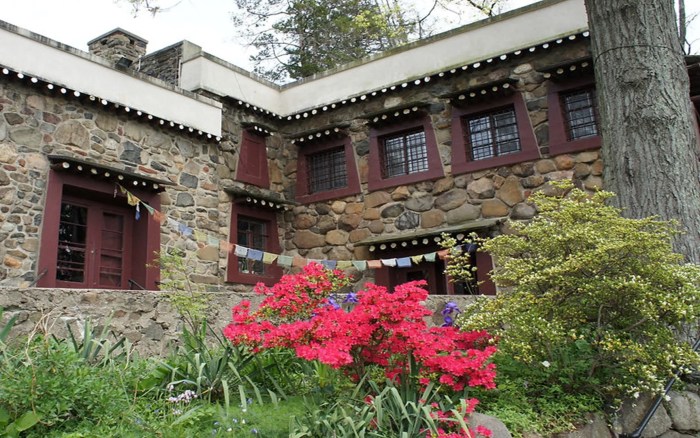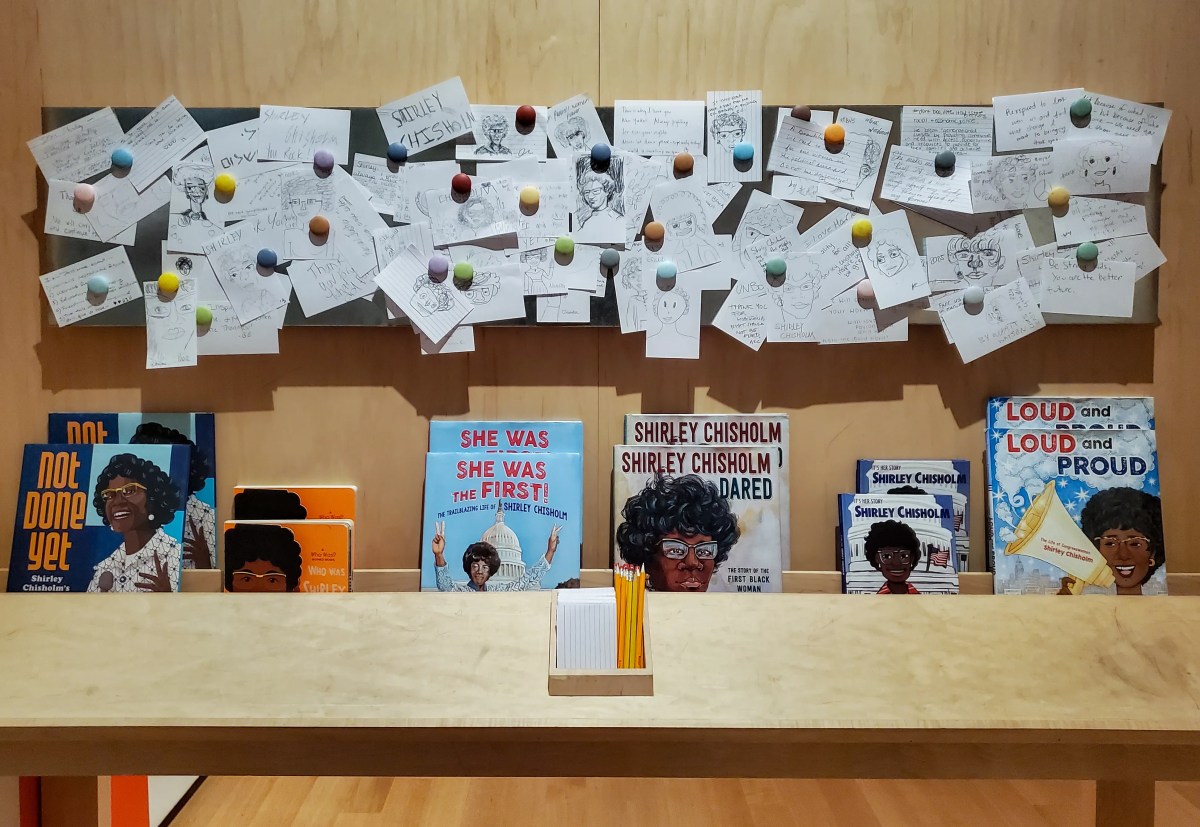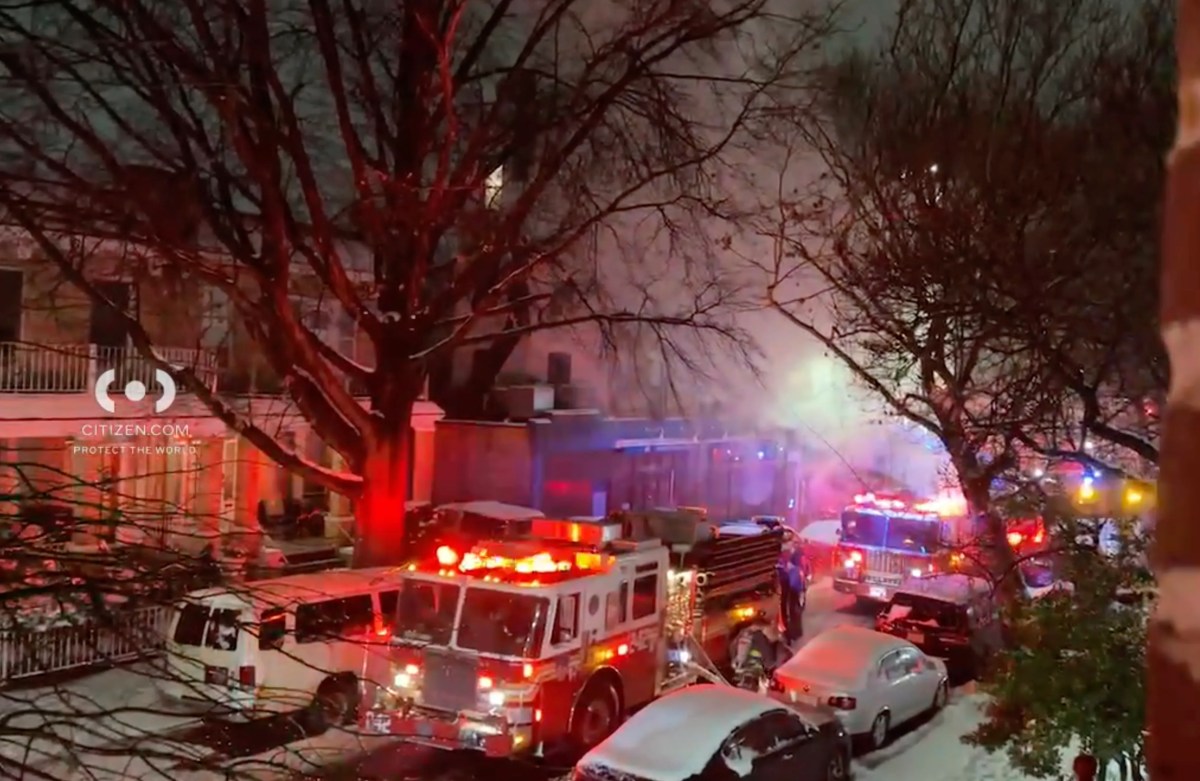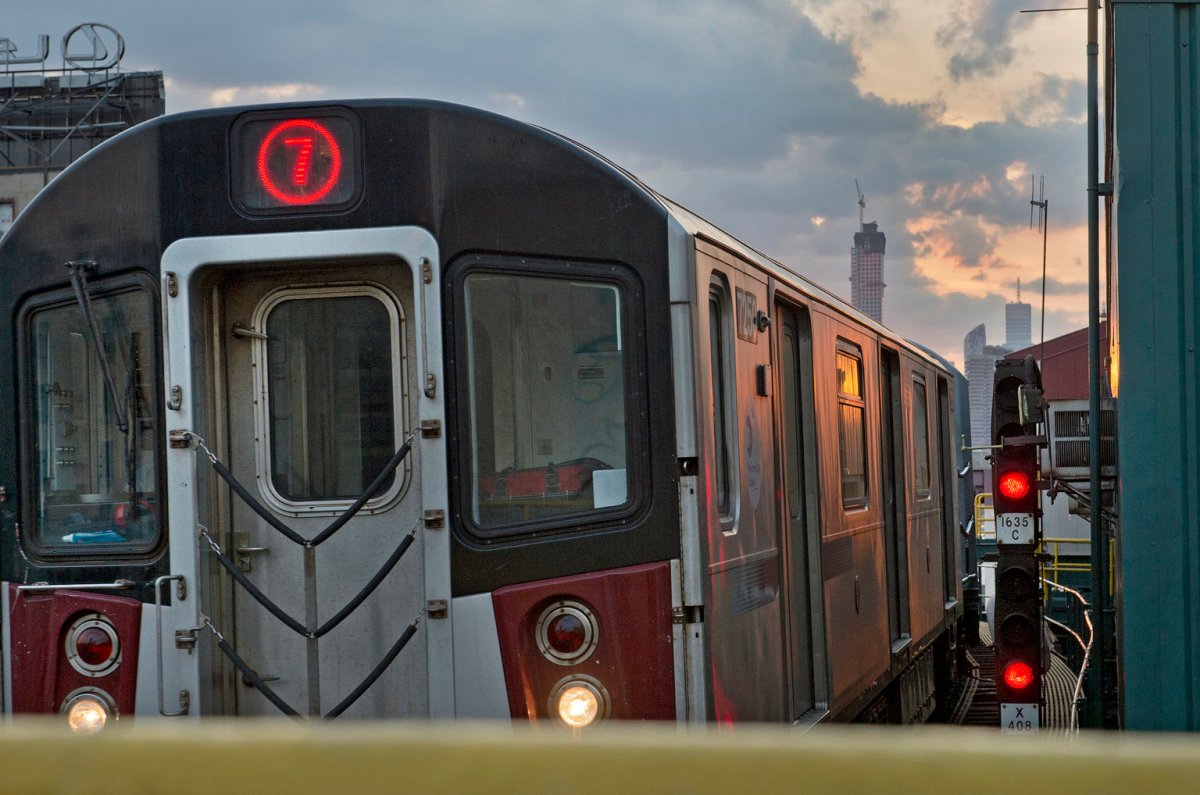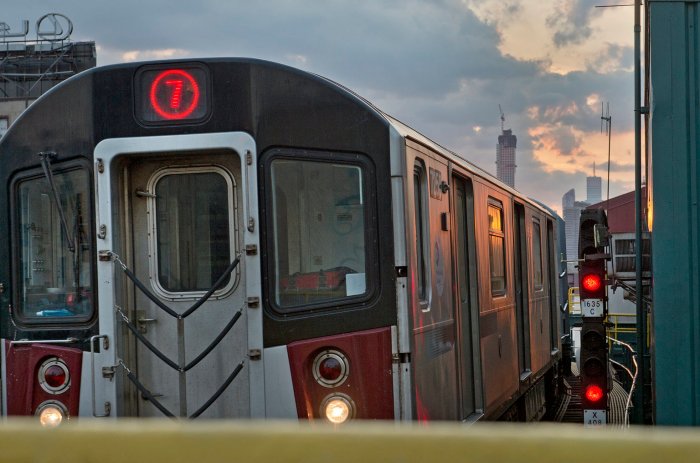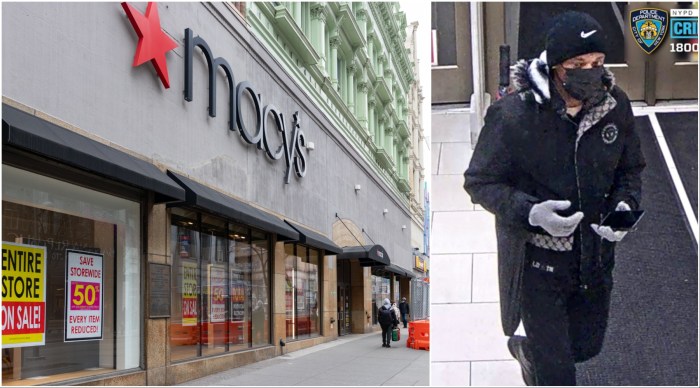By Albert Amateau
Jane Jacobs, a writer whose ideas transformed the principles of urban planning 45 years ago and a Village resident who led the fight to save an imperiled neighborhood until she moved with her family to Canada in 1968, died Tues. April 25.
In poor health for the past year, she died in her sleep in a Toronto hospital eight days before her 90th birthday.
Internationally known for groundbreaking books, beginning with “The Death and Life of Great American Cities,” which has not gone out of print since it appeared in 1961, she was revered in the Village as a warm and friendly neighbor and a fierce opponent of the juggernaut urban renewal and road projects that threatened her beloved neighborhood.
Village residents who had fought by her side in the preservation battles of 40 and 50 years ago recalled her as a forthright and fearless activist and a dear friend.
A self-taught scholar, her activism was not always decorous. John Simon, a retired Random House editor, who lived for a time in the Jacobs family home on Hudson St., recalled when Jacobs was arrested and spent a night in jail in the summer of 1962 after she pulled a stenotype tape out of a machine and destroyed it when she finished testifying at a hearing.
“I’d hate to see her image cleaned up,” said Simon. “She was a real radical, totally dedicated to her community.”
Abe Greiss, a sculptor who was the first president of Save the West Village, a group of neighbors that Jacobs helped organize to oppose a 14-square-block urban renewal area project, was a longtime neighbor.
“We shared a back fence. I was on Greenwich St. and she was Hudson,” he recalled. The renewal project would have demolished low-rise historic houses in the West Village and replaced them with blocks of 16-story apartment buildings.
“We wanted to build housing on the ample vacant land at the time and she said it could be done without disturbing even a sparrow. ‘Not a sparrow shall fall,’ became our rallying cry,” Greiss recalled. The committee was victorious and several years later, the middle-income rental West Village Houses were built just west of the area that was proposed for urban renewal
Arthur Stoliar, another neighbor and preservation advocate who fought the urban renewal plan, said, “Jane could always see the basic issue of a problem and see it clearly and simply. I’ve always tried to be like that — we used to sit at her feet.” Stoliar said he was honored to be among the people listed in Jacobs’s dedication of her book “The Economy of Cities.”
Eric Wensberg was active with Jacobs in opposing the Lower Manhattan Expressway, proposed by the late Robert Moses, that would have cut through Lower Manhattan at Broome St. to make way for an elevated road. That too ended in a victory for Jacobs and her friends when then Mayor Robert Wagner Jr. decided to oppose the condemnation of the right of way in 1963.
“But we didn’t win them all,” Wensberg said. “We opposed the Bobst Library saying it was a waste of space and would cast an evening shadow on Washington Square Park. It does. And we were opposed to the World Trade Center,” he added.
“Except for her intelligence and great spirit, she was a wonderfully ordinary and natural person,” said Wensberg. “That, and her directness, was what drew people to her,” he said. “It’s astonishing that there isn’t so much as a brass plate honoring her,” Wensberg added. “It won’t stay that way for long. Death is a refresher of memory.”
Henry Stern, former Parks Commissioner and longtime officeholder who was an aide to Manhattan Borough President Edward R. Dudley in the 1960s, was a friend of Jacobs for more than 40 years.
“She legitimized opposition to overdevelopment and the destruction of neighborhoods,” Stern said. “She was a redoubtable figure who strode into the Board of Estimate chambers with authority and knowledge. She was able to face down her nemesis Robert Moses. She was his nemesis too.” Stern said. He recalled that Jacobs became involved in the early 1950s in the fight led by the late Shirley Hayes against Moses’ plan to build a road through the middle of Washington Square Park.
“There never was anyone like her nor will there ever be another individual with such extraordinary commitment to the community — every community,” said former Mayor Edward I. Koch in a written statement. “The Village was fortunate to have her until she moved to Canada and then they were lucky,” Koch said.
Jane, her husband, Robert Hyde Jacobs, and their two sons and their daughter moved to Toronto in 1968 to prevent the two boys from being drafted for service in Vietnam. A couple of years after the family settled there, Jacobs organized an opposition to Toronto’s proposed Spadina Expressway. The expressway was never built.
“I was up visiting her for a weekend and she had me on a picket line,” said Simon recalling the expressway protest. “She had serious politics and she cooked an extraordinary meatloaf — a big round thing that you cut like a pie,” he added.
Andrew Berman, director of the Greenwich Village Society for Historic Preservation, came to the Village after Jacobs had moved to Canada, but he said his ideas about how cities work and what makes them great came from Jane Jacobs.
At a hearing in October before the Landmarks Preservation Commission on the proposed Far West Village Historic District, G.V.S.H.P. submitted a transcript of a 1963 Jane Jacobs memorandum to the then newly created commission calling for the waterfront blocks of the Village to be included in the city’s first historic district.
“After more than 40 years, the memorandum was still valid, and we expect a West Village District to be designated soon,” said Berman.
Jacobs was a frequent visitor to New York City and the Village. In 2004, she came to speak at a benefit for the West Village Houses and recalled her first days in New York in 1934. Just out of high school in Scranton, Pa., Jacobs — then Jane Butzner — was living with her sister in Brooklyn when she found the Village, the neighborhood that inspired her observations about city life.
After a morning of answering employment ads in Depression Era Midtown, she would get on a subway and get off at various stations “where I had no idea where I was,” she said, and walk around exploring.
“One day I came out at a place called Christopher St.,” Jacobs recalled. “I went home and told my sister that we ought to live around Christopher St. — what appealed to me was the scale of things, the craftsmen’s shops, places that interested me.”
That method of exploration also launched her career as a freelance writer. She noticed that businesses tended to cluster, and found herself one day in the Fur District.
“A man came out of a store and told me his name was Edgar Lehman and gave me the history of the Fur District. I wrote an article about it — it wasn’t very hard — practically word for word from Mr. Lehman. I took it to Vogue and they paid me $40. It was a lot of money — when I did get a regular job, they paid me $12 a week.”
She subsequently wrote articles about the Leather District (long gone from Manhattan), the Flower District and the Diamond District, which was then around Canal St. on the Lower East Side.
Many urban planners and architects of the day rejected her conclusions about the necessity for a threshold of urban density and the importance of mixing uses.
“They had everything invested in what they believed and I had nothing to loose,” Jacobs said in her 2004 reception. “But it was clear that urban renewal was official vandalism based on anti-urban assumptions.”
Her husband, whom she married in 1944, died in 1998. Her two sons, Edward, of Vancouver, and James, of Toronto, and her daughter, Bergen, a resident of British Columbia, survive.










